
Dec 13 2024
5 min read

We all are surrounded by screens, from our long hours with office desktop displays to meeting room projectors and the smartphones and laptops we carry. These countless displays we encounter daily make our lives easier and more productive. The fun fact is that we encounter them so often that we don’t realize we are, most of the time, staring at a screen (for instance, right now while reading this blog). This blog will explore the various types of screens commonly found in office environments. Let’s get started!

Ipads or general tablets are mostly used by employees in the office for personal purposes, which can assist in managing their role. Employees are highly dependent on tablets, as 24% of employees report being regular users of tablets in their workplace.
The iPad is a handy, lightweight, portable device for note-making in meetings, brainstorming sessions, and documentation. Ipads are mini screens that provide better management than a phone, often used in meeting presentations. Tablets can be directly connected to the projector or other display devices to manage a presentation. For example, a marketing manager uses a tablet to control slideshow presentations, sharing the company’s latest promotional strategies.
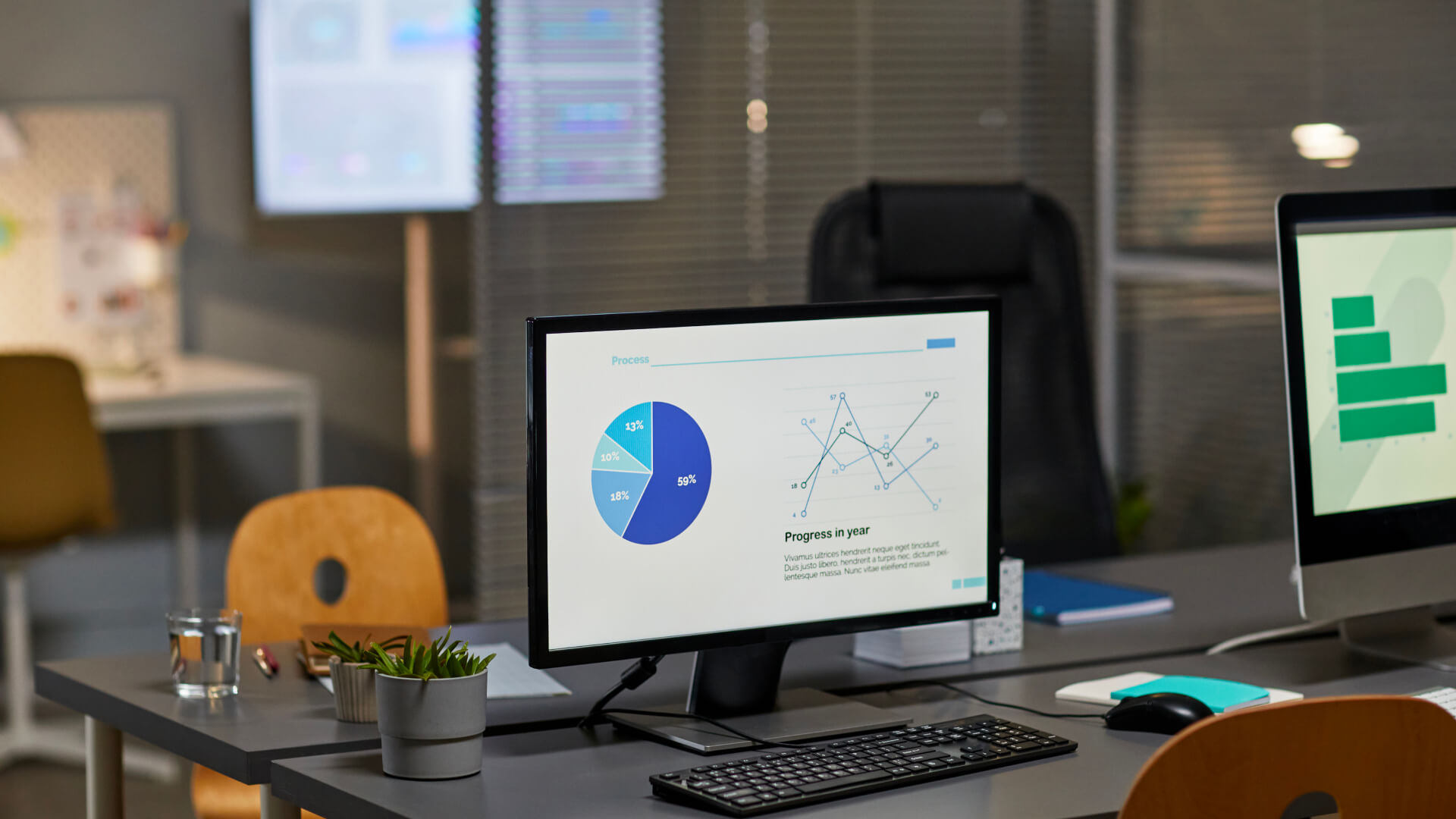
Almost all the offices have a PC monitor or a desktop screen to manage everyday office work. Being one of the most used screen types, it is projected to reach a global market share of USD 58 billion by 2029 .
Office uses them for multiple tasks, including management, document editing, web browsing, design work, data analysis, etc. Desktop monitors are used in almost all sectors, including corporate, government, healthcare, education, finance, etc. PC monitors are available in various sizes and resolutions that match user requirements. According to data, 1920x1080 (Full HD) is the most used in terms of resolution, and desktops with 22 to 27 inches in size are common in offices.
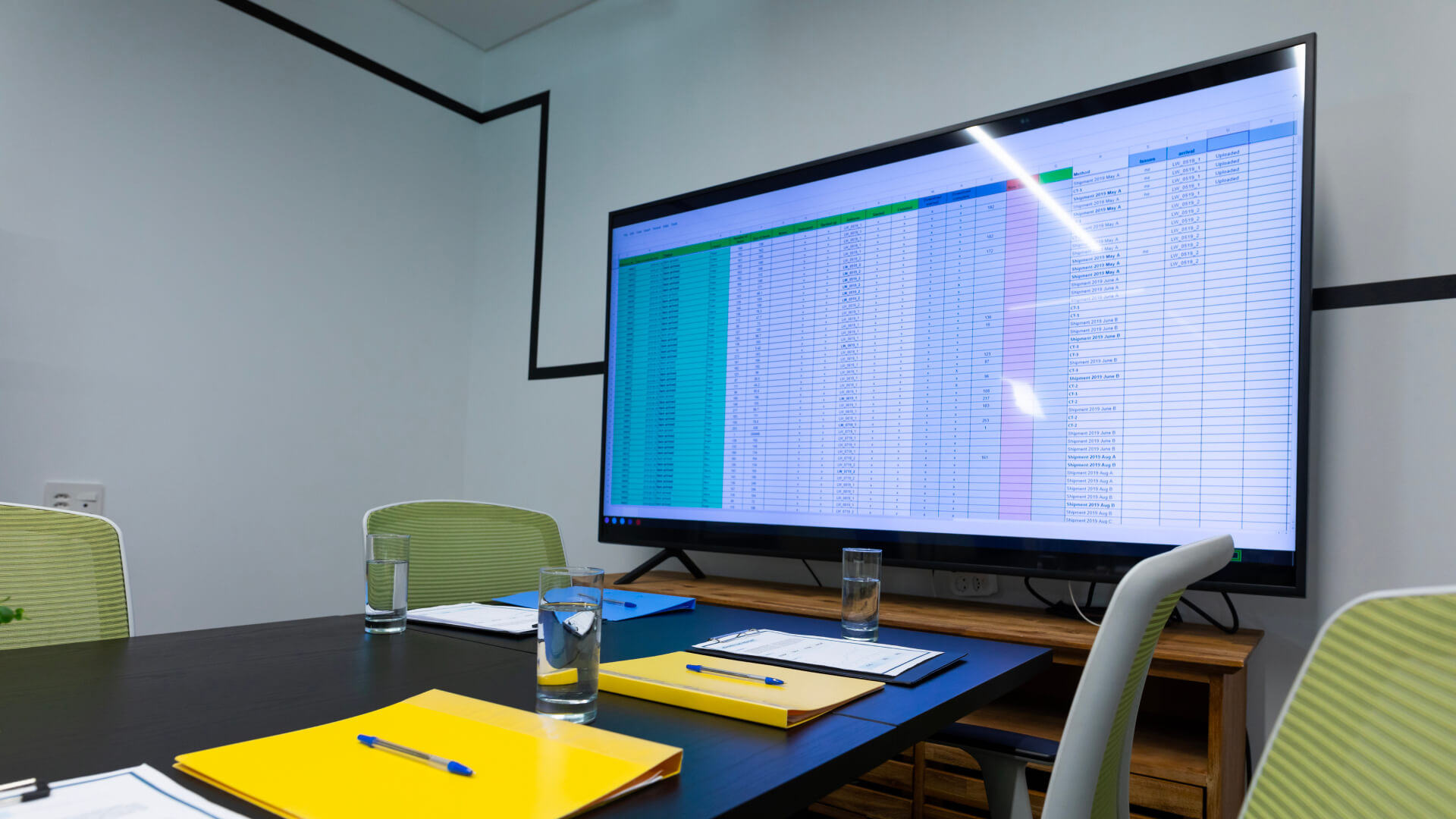
For collaboration, presentations, and meetings, wall-mounted monitors or screens are common in offices. Wall screens in offices are present in suitable spots visible to everyone, so they are assigned to display helpful information, including reports, dashboards for sales, and metrics. The wall screen also displays company policies and useful information, which can be used as an office display or bulletin board.
Wall screens are considered useful elements in offices as they play a crucial role in managing the internal communication of the office. It displays critical metrics to the employees in real-time wall screens and provides an easy communication medium for time-sensitive and important information like meetings, holidays, events schedules, etc.
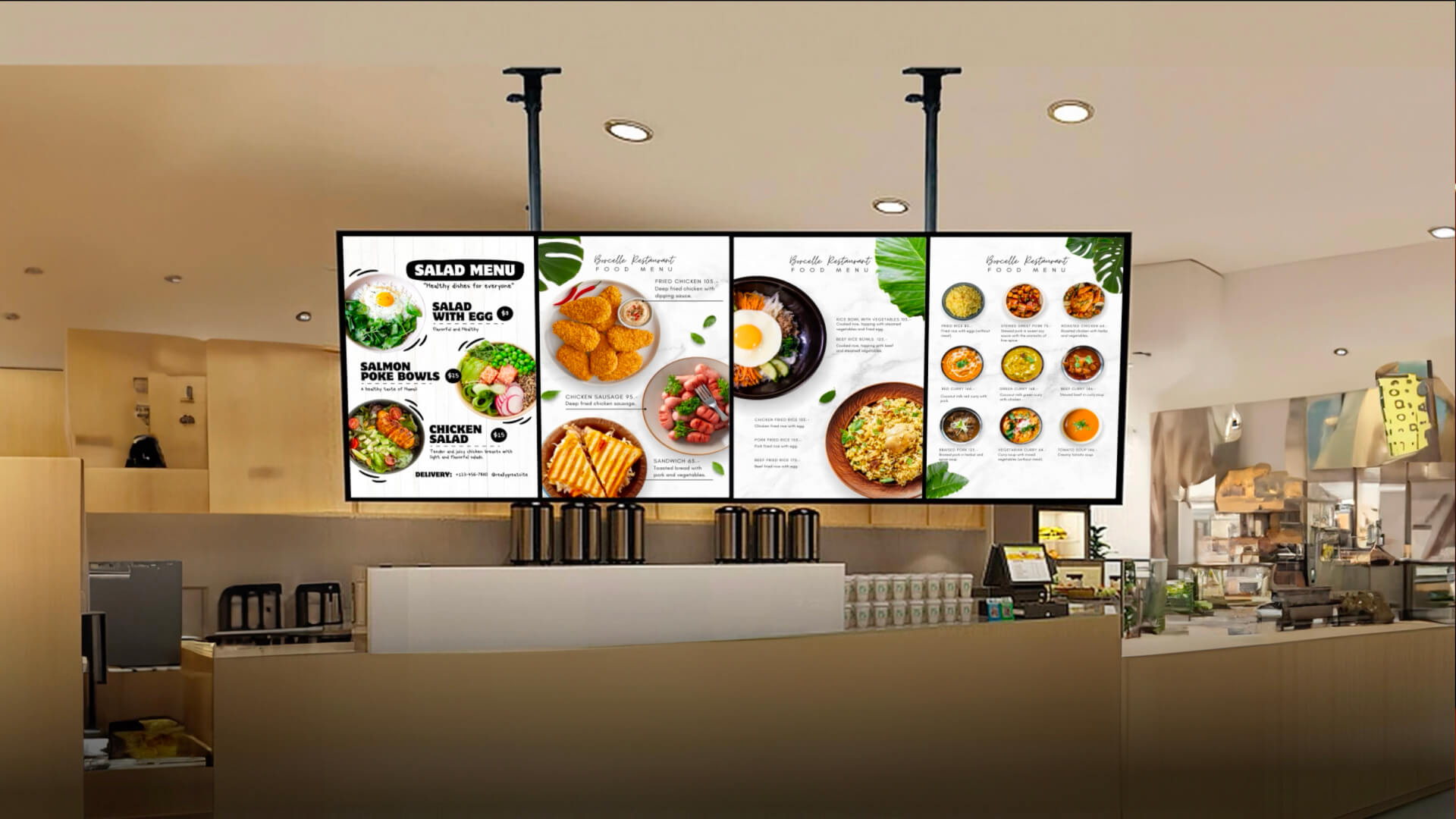
Digital menu boards or screens are mostly spotted in the cafeteria or outside the office pantry. It provides all the information regarding the menus for the breakfast, lunch, snacks, or all the items you could grab. These digital boards are often used to display entertainment videos for customers, advertisements, helpful information, and menu items.
After tiring working hours, these digital signage menu boards tempt people to make a purchase. Interestingly, these menu boards can be easily managed from a single dashboard and scheduled to change the menu items. The best part is that with digital signage software like Pickcel, the cafeteria can manage themes, designs, and the looks of these menus to draw customer attention.
Also read: How to create a restaurant menu board a complete guide
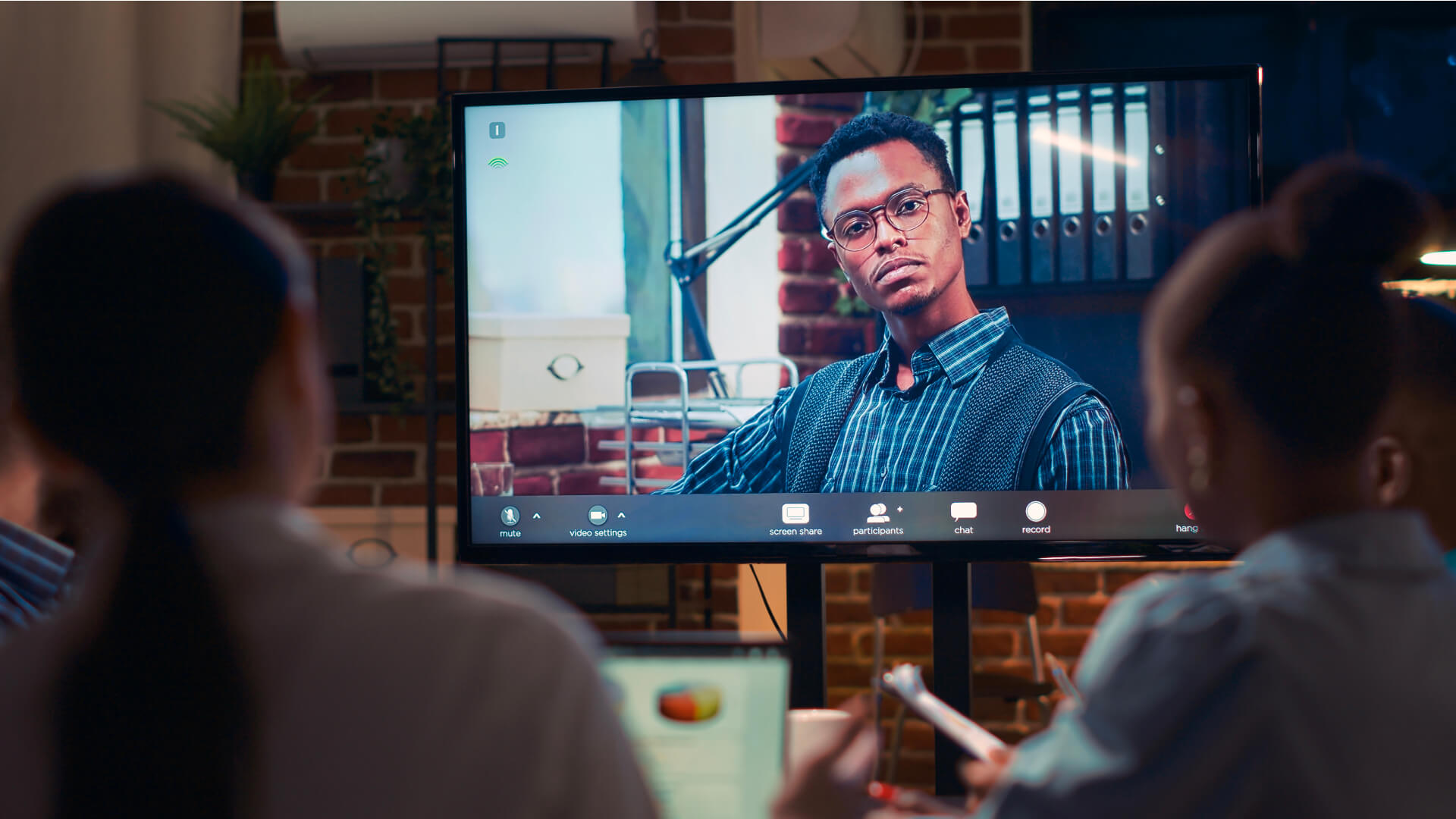
The lobby digital signage screen is the first display visible to the employees or visitors when they enter the office. These screens often function as a primary work office bulletin board, displaying welcome messages, company updates, events, or key company milestones.
If the lobby screen is interactive, it can be used as a map for wayfinding, kiosks for appointment scheduling, employee attendance, or other interactive tasks. For instance, a screen in the lobby area of a healthcare unit or firm healthcare tips, waiting times, or doctor availability.
Dive into our guide on effective work office bulletin board ideas
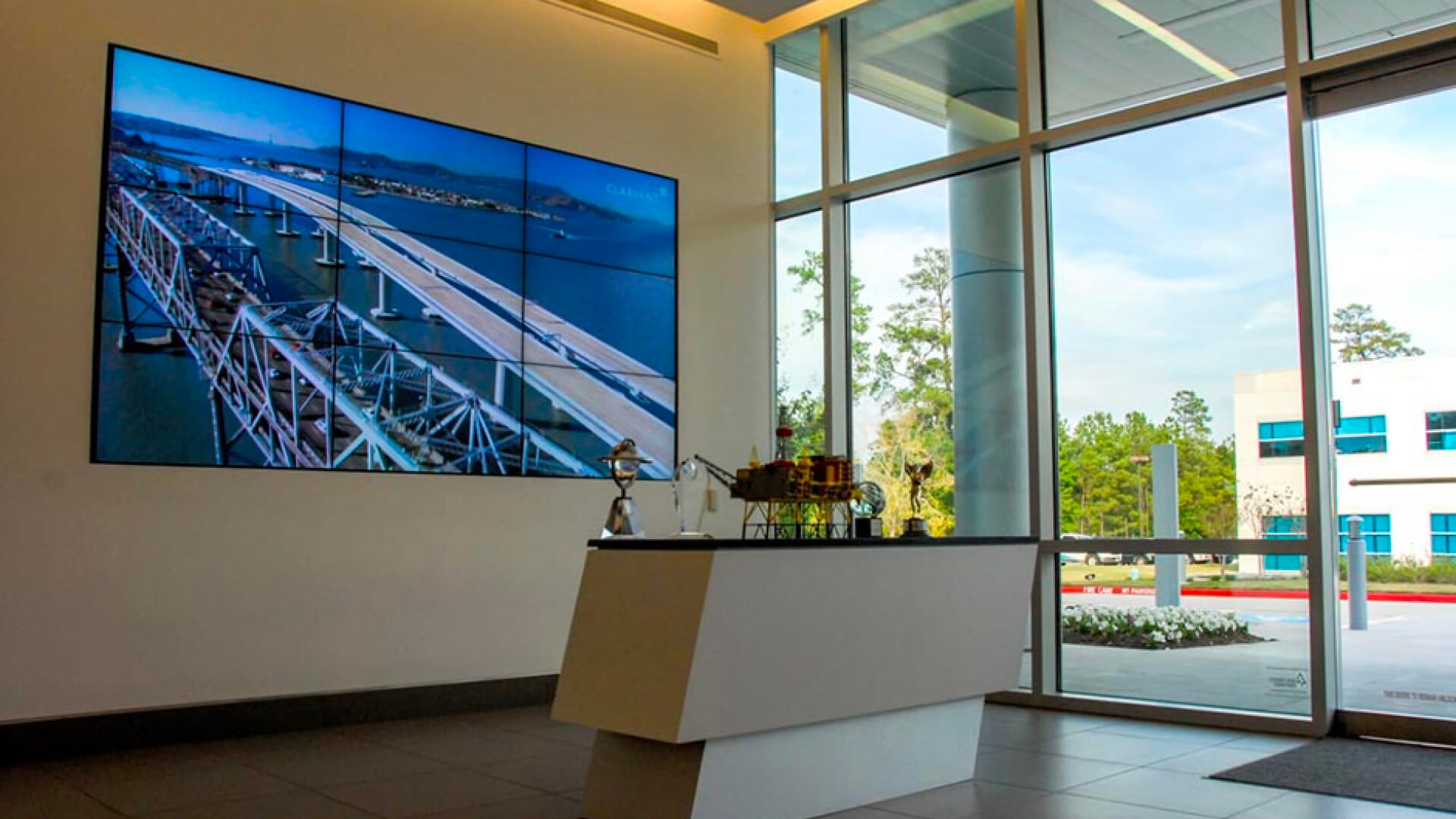
A video wall is different from other wall screen displays used in offices. The video wall comprises a large screen of multiple smaller screens tiled together to form one continuous display, all synced together. These huge display units are highly useful for playing promotional content in high-traffic public spaces or conducting meetings in large conference rooms as they offer high-resolution and detailed visuals and their gigantic sizes.
Video walls are great for conducting big events where content on a single big screen reaches a wide audience. Many companies attract visitors’ attention by using these video walls to display dynamic digital signage content for branding, promotional content, product demos, etc.
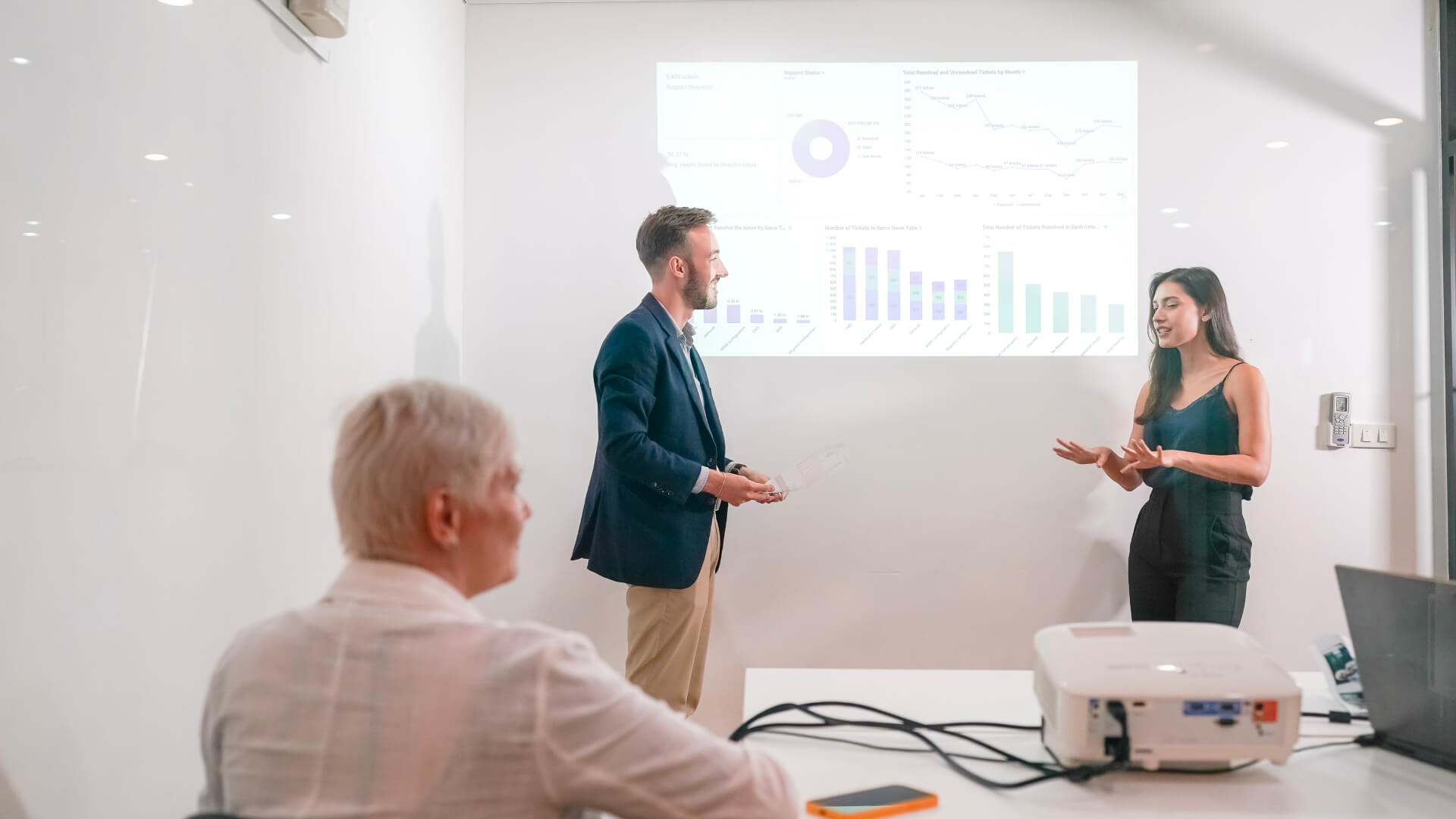
Installed in meeting rooms or auditoriums, projector screens are often a white sheet on which content is projected. Recently, many advanced whiteboards have emerged, replacing the white sheet that provides better control over the screen and mostly makes it interactive and touch-sensitive. Office projector screens are useful tools for collaborative meetings, workshops, training, brainstorming sessions, corporate announcements, etc.
Projector screens with a CAGR of 9.6% could reach $20.35 billion by 2031 . This rise in the demand and use of projectors is due to its spiking demand in the educational and entertainment industry.
Innovations in display technology bring new possibilities into reality. For instance, AR (Augmented Reality) and VR (Virtual Reality) features entirely changed our views of display technology and content consumption.
Once LCD and LED were started, displays surfaced with technology like OLED, QLED, and MicroLED, surpassing durability, resolution, energy efficiency, and brightness. Even technologies like MicroLED touched the brightness of 10,000 nits , surpassing the usual peak of 1000 nits in OLED displays.
Office and corporate employees are often exposed to displays for longer, which can severely affect their eyes. Advanced displays take special care of the eye health of their users. Big brands like Samsung developed displays with flicker-free certificates and displays that emit less blue light. In one of their press releases, Samsung talked about its OLED display producing 78% less blue light when switched to dark mode.
As display technologies improve, new possibilities arise for various sectors and industries to incorporate them into their productivity cycle. And the best way to survive in any business or industry is to accept these technologies and adapt accordingly.
We come across various screens in our office environment. These screens are great for managing tasks and regulating the flow of operations. If you run a business or want these displays in your office, go for them. It has the potential to improve the efficiency of your business significantly. Additionally, if you are interested and want some serious software to manage these displays and want something easy to help you manage your digital menu board or office digital signage, don’t forget to visit Pickcel. You can thank me later!

Dec 13 2024
5 min read

Dec 13 2024
8 min read
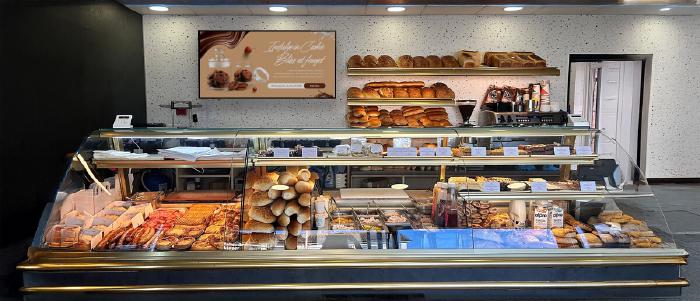
Dec 4 2024
7 min read

Nov 27 2024
5 min read
Take complete control of what you show on your digital signage & how you show it.
Start Free Trial Schedule My DemoSee How to Boost Sales & Branding with Digital Signage -40% Less Work, Faster Updates, Better Visibility
Unlock Exclusive Insights